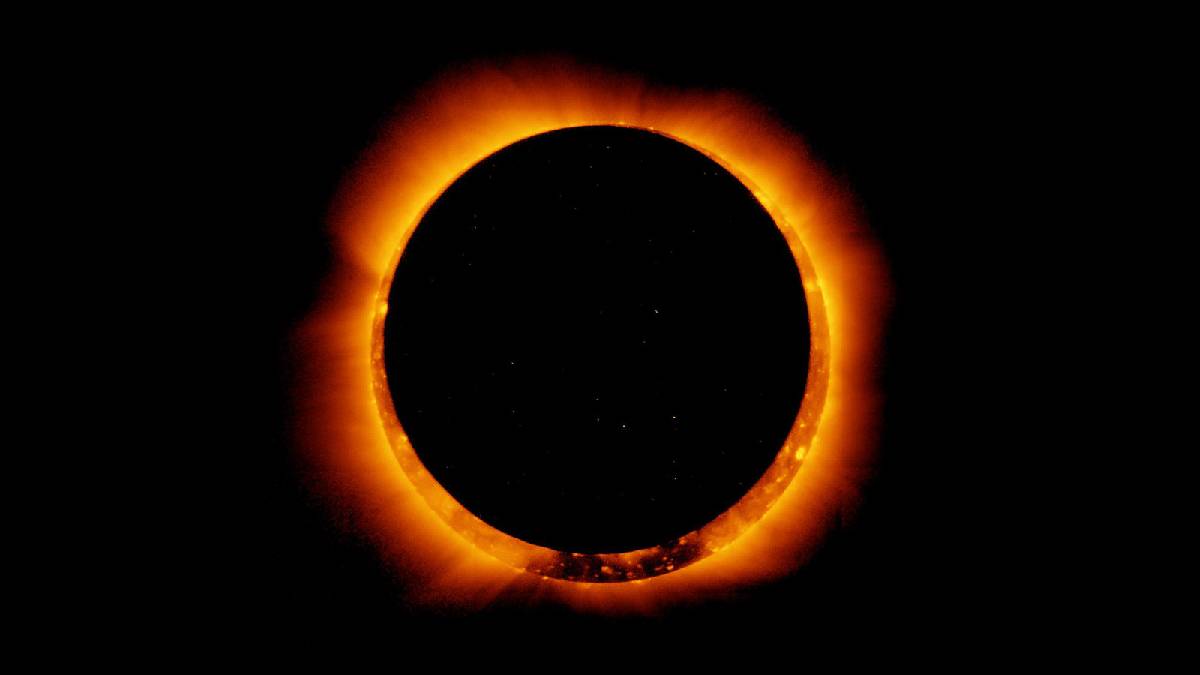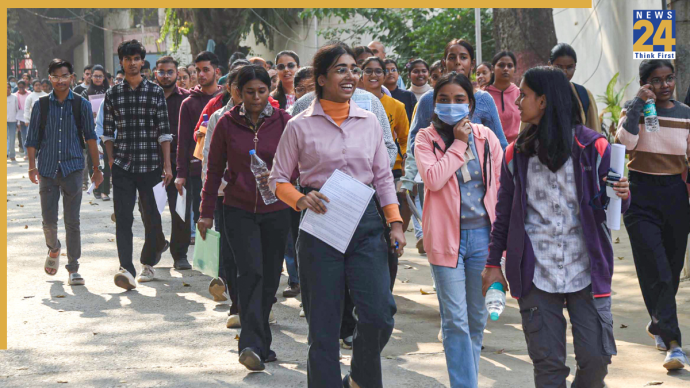Dr. Rajendra prakash Gupta, the superintendent of the Jiwaji Observatory in Ujjain, has stated that the first eclipse of this year will occur on March 25. This will be a penumbral lunar eclipse, visible when the sun, earth, and moon almost align, but it won’t be visible in India due to daylight.
A total solar eclipse is expected on the midnight of April 8 and 9. However, it won’t be visible in India due to the nighttime. Following this, a partial lunar eclipse is scheduled for the morning of September 18, which also won’t be visible in India. The next opportunity for eclipse viewing in India falls between October 2 and 3.
On the night of October 3, an annular solar eclipse is expected, lasting for only 7 minutes and 21 seconds. About 97% of the sun will be covered during this event, resembling a shining bracelet. However, the chances of visibility in India are quite limited.
The total solar eclipse on April 8 will traverse a path 16,000 kilometers long and 185 kilometers wide, making it one of the significant urban solar eclipses of the decade. The path will end in North America, passing through cities such as Montreal, San Antonio, Dallas, Austin, Fort Worth, Indianapolis, Durango, Hamilton, Torreon, and Magdalena.
Also Read: Who Is Javed Ahmed Mattoo? The Wanted Mujahideen Terrorist Caught In Delhi













